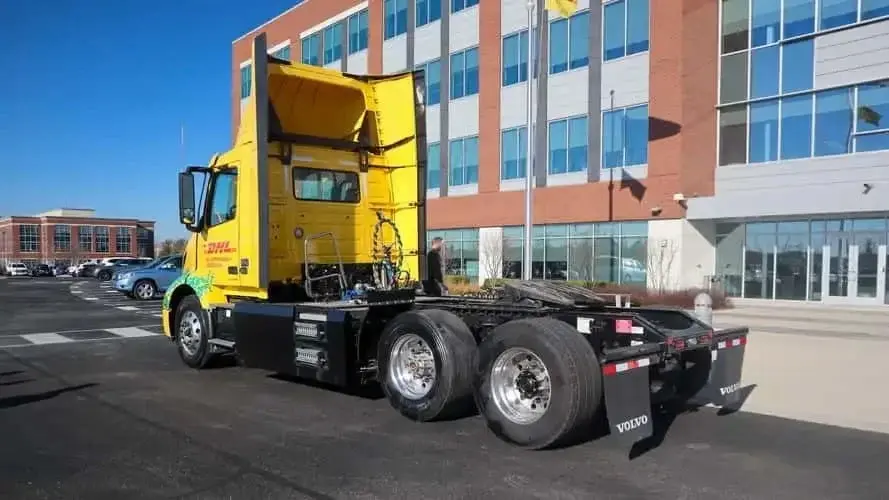DHL's Commitment to a Greener Future with Electric Trucks
DHL, a global leader in logistics, is taking the initiative to incorporate electric trucks into its fleet, signaling a move towards a greener future. While electric vehicles (EVs) are often associated with California, DHL's decision to introduce electric trucks in Ohio is significant. It serves as a valuable case study for the practicality and effectiveness of EVs in less publicized areas.
Insights from Ohio's Involvement
DHL's decision to pivot towards electric trucks showcases its commitment to reducing emissions, even though it is not a major player in door-to-door parcel delivery in the U.S. By spring 2024, DHL plans to have 17 electric trucks in its fleet. This aligns with the company's global strategy, which already includes 30,000 light-to-heavy duty EVs.
The electric trucks will primarily be used for last-mile deliveries in urban settings and shorter routes. Apart from being environmentally friendly, these trucks also offer economic benefits. They consume about 50% less energy than diesel trucks, resulting in significant cost savings in the long run.
Testing Performance in Varied Climates
DHL's decision to test these electric trucks outside of California, particularly in Ohio, is a strategic move. It allows the company to assess the trucks' performance in different climates and conditions, ensuring their efficiency and reliability across various regions.
A Self-Sufficient Charging Infrastructure
One critical component of this transition is the charging infrastructure. DHL's approach of relying on in-house charging facilities, rather than public infrastructure, highlights a self-sufficient model that could inspire others in the industry. This approach ensures that DHL has control over the charging process, minimizing any potential disruptions in the supply chain.
Enhancing Driver Experience
The shift to electric trucks goes beyond environmental and economic benefits; it also aims to enhance the driver experience. Electric trucks are quieter, more comfortable, and quicker, reducing driver fatigue. This improvement in driver experience could help attract more individuals to the profession, addressing the ongoing driver shortages in the logistics industry.
Paving the Way for a Sustainable Future
DHL's ambitious goal to electrify 30% of its fleet by 2030 demonstrates the potential of electric trucks in making shipping both cheaper and greener. As the industry evolves, DHL's pioneering efforts could pave the way for a more sustainable future in logistics. By incorporating electric trucks into their fleet and focusing on sustainable practices, DHL is leading the way towards a greener and more efficient logistics industry.


Leave a Reply